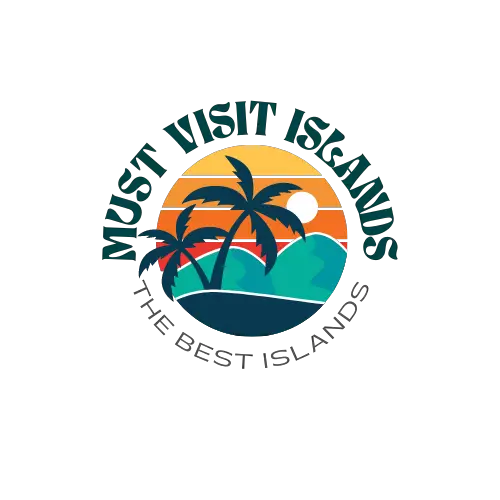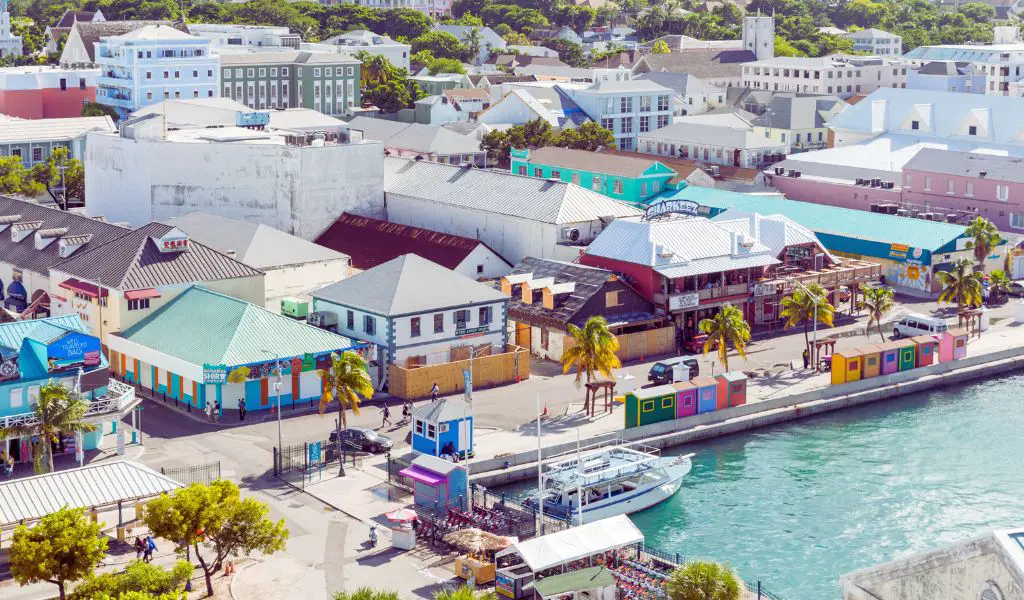Moorea, often referred to as the “sister island” to Tahiti, is a mesmerizing destination located in the South Pacific, part of the Society Islands of French Polynesia. Its unique heart shape, formed by volcanic activity, has made it a favorite subject for aerial photographers and a dream destination for travelers worldwide.
Geography
Geographically, Moorea is characterized by its jagged peaks, deep bays, and lush landscapes.
The island’s two nearly symmetrical bays, Cook’s Bay and Opunohu Bay, are a testament to its volcanic origins.
The verdant mountain ranges, which include the famous Mount Rotui, offer panoramic views of the surrounding lagoon and barrier reef.
History
Historically, Moorea has been inhabited for centuries, with archaeological sites suggesting early Polynesian settlers.
The island’s name, “Moorea,” translates to “yellow lizard” in Tahitian, though the origins of this name remain a mystery.
European explorers, including Captain James Cook, visited the island in the 18th century, leaving behind a blend of Polynesian and European influences.
Activities
Popular activities on Moorea revolve around its natural beauty.
The crystal-clear lagoon waters are perfect for snorkeling, diving, and swimming with marine life such as rays and sharks.
On land, hiking trails lead adventurers through pineapple fields, rainforests, and to scenic viewpoints.
The island also offers cultural experiences, from traditional Polynesian dance shows to artisanal craft markets.
Population
Moorea is home to a tight-knit community of around 17,000 residents, many of whom are involved in tourism, agriculture, and fishing.
When to Go
The best time to visit Moorea is during its dry season, from May to October. During these months, the weather is cooler and less humid, making it ideal for outdoor activities.
How to Get There
Moorea is easily accessible from Tahiti. A short 40-minute ferry ride from Papeete, Tahiti’s capital, will get you to Moorea.
Additionally, there are domestic flights available from Tahiti’s Faa’a International Airport to Moorea’s small airport.
Highlights
Belvedere Lookout: Offers a stunning view of both Cook’s Bay and Opunohu Bay.
Lagoonarium: A natural aquarium where visitors can swim with marine life.
Magic Mountain: A popular hiking spot with panoramic views of the island and lagoon.
Tiki Village: A cultural center showcasing traditional Polynesian life, crafts, and performances.
What You Should Know
Currency: French Pacific Franc (XPF).
Language: Tahitian and French.
Safety: Moorea is a safe destination for travelers. However, it’s always advisable to take standard precautions, especially when participating in water activities.
FAQs about Moorea
Is it possible to rent a vehicle on Moorea?
Yes, there are several rental agencies on the island where visitors can rent cars, scooters, or bicycles to explore Moorea at their own pace.
Are there overwater bungalows available for accommodation?
Absolutely! Moorea boasts several luxury resorts that offer iconic overwater bungalows, providing a quintessential Polynesian experience.
Can I see traditional Polynesian tattoos being done on Moorea?
Yes, Moorea has skilled tattoo artists who practice traditional Polynesian tattooing. It’s a unique opportunity to witness this ancient art form and even get a tattoo as a memento.




